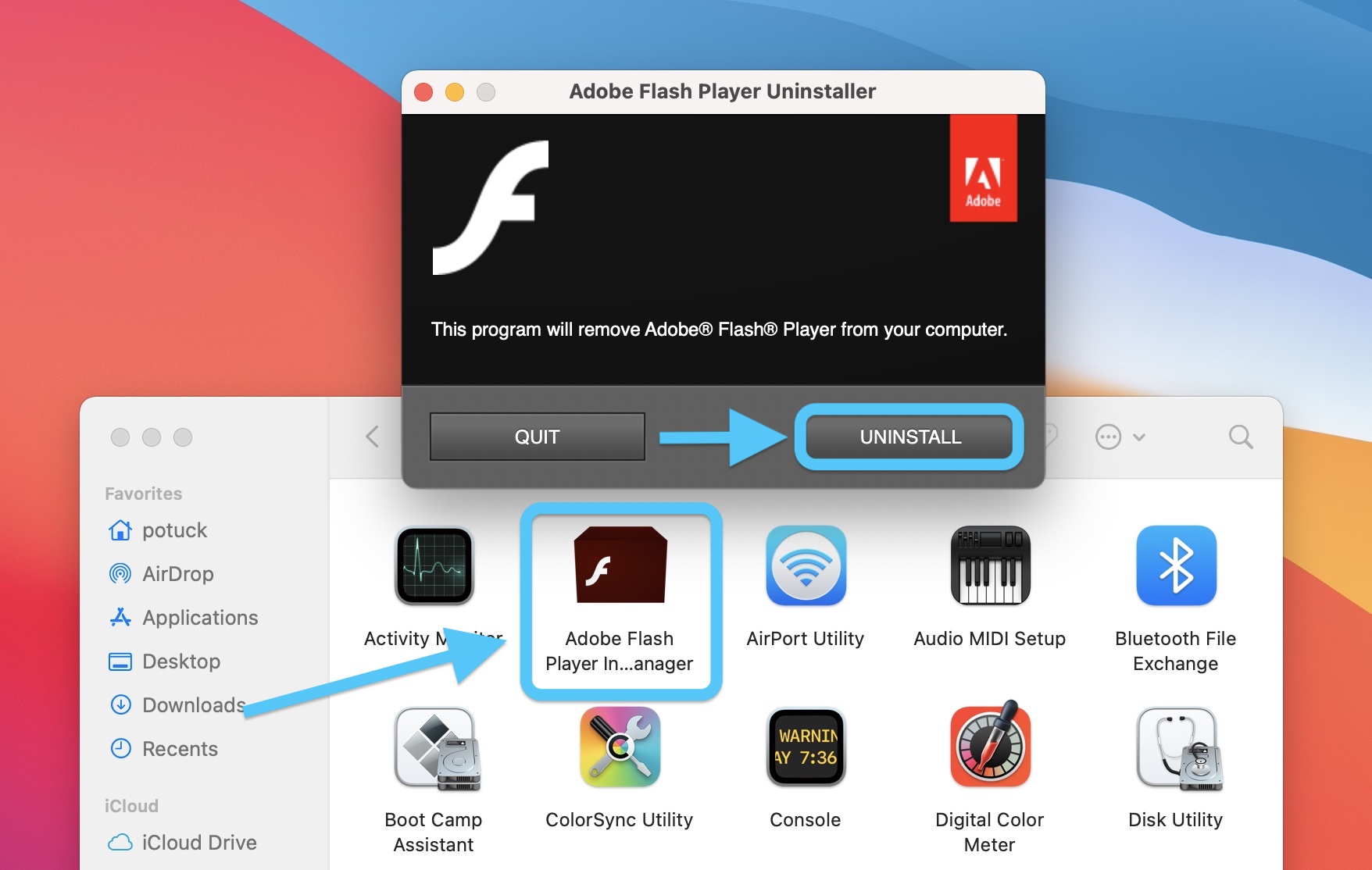

- Update adobe application manager utilities for macos mojave how to#
- Update adobe application manager utilities for macos mojave install#
- Update adobe application manager utilities for macos mojave update#
While not every update will see a significant speed increase, the Terminal method at least won’t add any time compared to the Mac App Store.
Update adobe application manager utilities for macos mojave install#
While not universal, many users report that updates install faster when installed via Terminal, both in terms of the initial installation as well as the post-restart portion as the Mac reboots. Users with multiple Macs to manage can create scripts or remotely initiate a software update via a method such as SSH without needing to manually use screen sharing or remote management software.Īnother potential benefit is speed. One big reason is automation and remote management.
Update adobe application manager utilities for macos mojave how to#
Now that you know how to run the Mac Software Update from the Terminal, the likely question is why you’d want to use this method instead of simply clicking a few buttons in the Mac App Store. You can do this via the normal macOS interface, but since we’re already using UNIX commands in Terminal, you can also type sudo shutdown -r now, which instructs shutdown command to restart the Mac (“-r”) immediately (“now”).īenefits of Using Software Update via the Terminal If you installed software updates that require a reboot, you’ll see a final message instructing you to restart your Mac. There’s no traditional progress bar, but you will see updated text entries in the Terminal window as each step is completed, letting you know both when certain updates have been downloaded and when the entire installation process is complete.Again, you’ll need to enter your admin password when prompted. The “-a” switch simply instructs the command to install all updates. To install all available software updates, instead use the command sudo softwareupdate -i -a.As this is a superuser ( sudo) command, you’ll need to enter your admin account password when prompted. To install an individual software update, enter the command sudo softwareupdate -i name, where “name” is the exact name of one of the available updates revealed by the list command.This will provide a list of all available updates along with their individual file sizes and a note indicating whether you’ll need to restart your Mac to complete the update process. From the Terminal, type softwareupdate -l (that’s a lowercase “L” and not the number one).Launch the Terminal application (which can be found in the /Applications/Utilities folder or by searching for it with Spotlight).


 0 kommentar(er)
0 kommentar(er)
